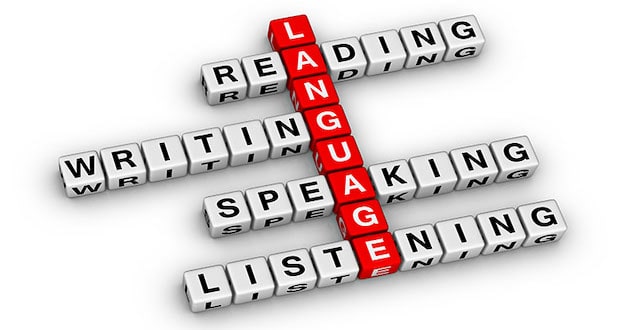Item Analysis In The OWLS-II
The Oral and Written Language Scales, Second Edition (OWLS-II) includes four scales that provide a comprehensive assessment of an individual’s language abilities. These scales include:
- Listening Comprehension (LC),
- Reading Comprehension (RC),
- Oral Expression (OE), and
- Written Expression (WE).
This assessment enables the measurement of language skills in students ages 3 through 21 and written language skills for ages five through 21 years old. The OWLS-II is a revision of the original OWLS assessment and includes updated scales.
The OWLS-II keeps the strongest aspects of the initial assessment while incorporating the necessary improvements to make it more effective.
Items in the OWLS-II
Items included in the OWLS-II include how a child uses and responds to language in terms of vocabulary, grammatical morphemes, nonliteral language, appropriate use of language, knowledge of the language, and writing.
Vocabulary is measured by the use of nouns, verbs, modifiers, idioms, prefixes, and suffixes.
Grammatical morphemes include function words like pronouns, prepositions, conjunctions, auxiliaries, and determiners; as well as inflections like possessives, plurals, verb tense, and noun-verb agreement. It also includes sentence structure, complexity, accuracy, and type.
A morpheme is the smallest meaningful unit in a language. A morpheme is not identical to a word. Sometimes, a morpheme doesn’t stand alone, but a word, by definition, always stands alone.
Nonliteral language is measured in a child’s ability to interpret things with double meanings, inferences, verbal reasoning, figurative language, indirect requests, and humor.
The functional and appropriate use of language includes understanding and responding to language queues.
Knowledge and use of the above categories can help a child create lengthy text passages. This is measured in the reading comprehension and written expression scales only.
In the written expression only, children are also measured on their letter formation ability, including spelling, punctuation, and capitalization.
The four scales are measured separately, with test administration taking between ten and thirty minutes for each. This allows for a better distinction of strengths and deficiencies in specific areas compared to a single overall rating scale.
How Items are Analyzed
Items in the OWLS-II are categorized based on their linguistic structure(s). These categories assist inaccurate measuring of the item. The labels ascribed to them allow for detailed analysis at the item level, which can help with informed intervention, treatment, and continued progress.
Each scale’s record form includes an item analysis worksheet and each manual describes the worksheet and explains its use.
The labels and items included are:
- The lexical/semantic label includes vocabulary
- The syntactic label includes grammatical morphemes
- The supralinguistic label includes nonliteral language
- The pragmatic label includes functional and appropriate use of language
- The text structure label includes knowledge and use of other categories to create lengthy text passages
- The conventions label includes letter formation, spelling, punctuation, and capitalization
The OWLS-II assessment is the foremost tool to analyze oral and written language skills in children and young adults. When performed by a licensed professional, it can guide and direct intervention, treatment plans, and continued measuring of improvements.
Visit WPS today for additional information about the OWLS-II and its administration.
Today’s parents are faced with the challenge to raise their children in a global world. To be a global citizen, a child should be raised to be familiar with cultures, ethnicity, and most importantly – languages. Learn five resources to teach your child a second language.





